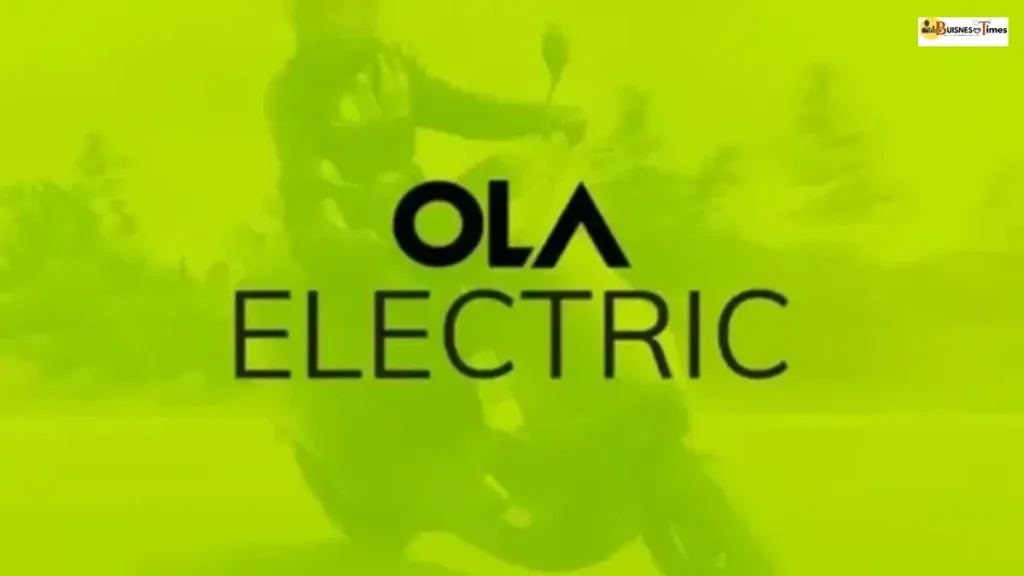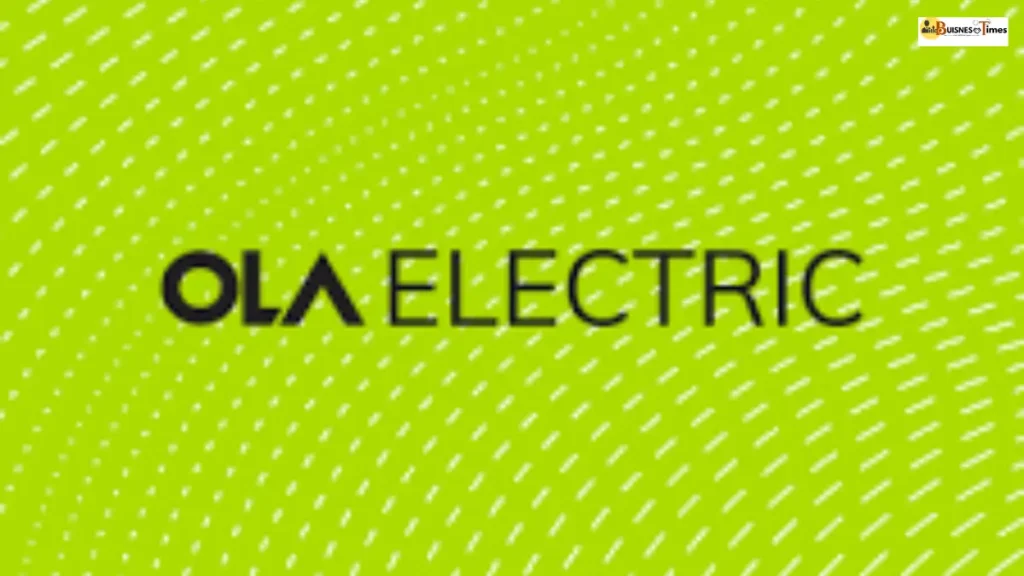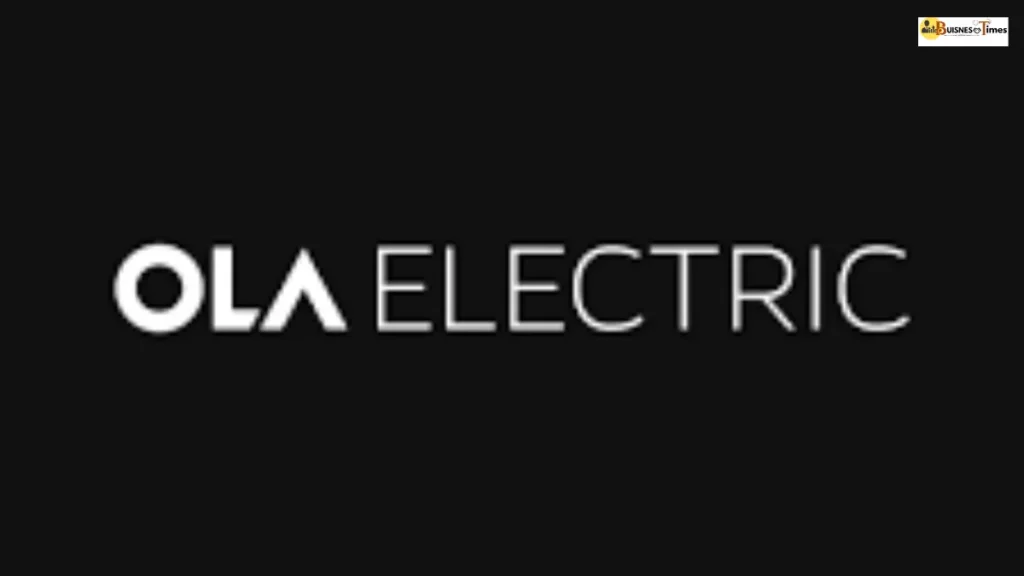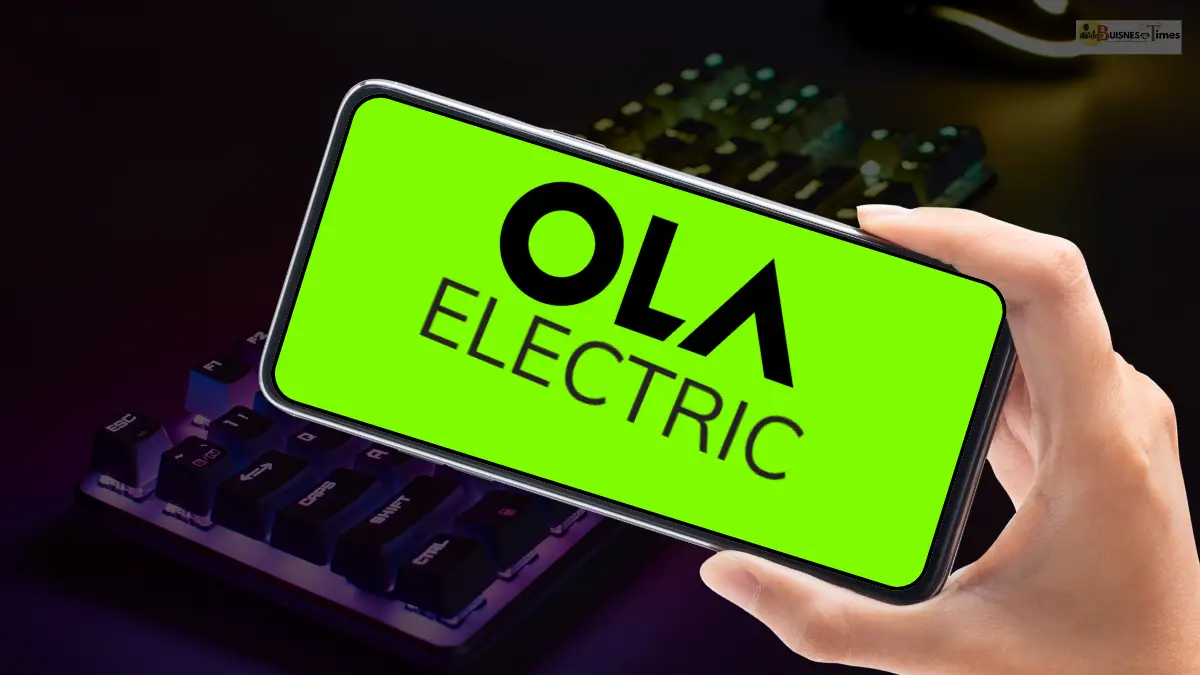In a major development for India’s electric vehicle industry, Ola Electric claims nearly ₹400 crore in incentives under the government’s Production-Linked Incentive (PLI) scheme for the automobile and auto component sector for FY25. The claim, backed by sales of around ₹3,000 crore, highlights the company’s growing scale and ambitions in the electric two-wheeler space.
The latest filing not only strengthens Ola’s liquidity but also signals its confidence in maintaining profitability in the coming quarters. By leveraging the benefits of the PLI program, Ola Electric claims it is on track to improve margins, ensure positive EBITDA, and continue its dominance in India’s EV market.

Ola Electric Claims Incentives Worth ₹400 Crore
According to reports, Ola Electric claims incentives based on eligible sales of nearly ₹3,000 crore achieved in FY25. At 13–14% of these sales, the company is expected to receive close to ₹400 crore. This incentive will significantly support the company’s liquidity and profitability outlook as it continues to expand operations and scale production.
For FY25, the EV giant sold 3.59 lakh units, translating into a 30% market share. This marks a slight dip compared to FY24, where Ola sold 3.29 lakh units but commanded a larger 35% market share. Despite the decline in share, higher sales volumes and government-backed incentives will help offset market challenges.
Industry analysts note that Ola Electric claims such incentives to not only strengthen financial performance but also to sustain long-term competitiveness in a highly dynamic EV landscape.
The Auto PLI Scheme and Ola’s Position
The auto PLI scheme, launched in 2021 with a budgetary outlay of ₹25,938 crore, is designed to boost domestic manufacturing, reduce reliance on imports, and promote innovation in the auto sector. Companies that qualify must meet stringent localisation norms and deliver incremental sales growth.
In this context, Ola Electric claims hold special significance. The company was the first and only electric two-wheeler manufacturer to secure incentives under this scheme in FY24, receiving ₹73.74 crore for sales made during FY23–24. By emerging once again as the top filer in FY25, Ola has reinforced its leadership in the EV segment.
Experts say that Ola Electric claims under the PLI program set a precedent for other manufacturers in the EV ecosystem, encouraging them to align operations with government-led initiatives.
Gen 3 Scooters Drive Profitability
A crucial factor behind the current filing is Ola’s popular Gen 3 range of scooters. Recently, the company announced that it had secured compliance certification for these scooters under the PLI scheme. This certification ensures that Ola Electric claims on the Gen 3 portfolio are valid, making them eligible for incentives ranging from 13–18% of incremental sales value until 2028.
The Gen 3 lineup, which forms the bulk of Ola’s sales, is expected to drive higher margins. With the benefits kicking in from Q2 FY25, Ola Electric claims that gross margins could rise to 35–40%, while full-year auto EBITDA is projected to cross 5%.
The company also expects its auto division to remain EBITDA positive from Q2 onwards, supported by rising demand and cost efficiencies. Investors responded positively to this update, with Ola Electric’s shares closing 3% higher at ₹60.79 on the NSE.
Ola Electric Claims Show Broader Industry Impact
When Ola Electric claims such a large incentive under the auto PLI scheme, it reflects the success of government policy in stimulating domestic EV manufacturing. The scheme not only rewards companies achieving scale but also encourages localization, ensuring India builds a robust EV supply chain.

For Ola, the filing reinforces its strategy of scaling fast while balancing financial discipline. Market watchers say that Ola Electric claims like these are likely to enhance investor confidence, potentially opening the door for more funding and expansion into new product categories.
The move could also push competitors to accelerate compliance with PLI requirements, thereby raising the overall competitiveness of India’s EV market.
Outlook: Positive Margins and Stronger Growth
Looking ahead, Ola Electric claims it is well-positioned for sustainable growth. With incentives expected to flow in by the second quarter of FY25, the company projects stronger liquidity and improved profitability. The support from the PLI scheme could also enable Ola to invest in new technologies, enhance production capacity, and bring down costs further.
Industry experts believe that as Ola Electric claims more such benefits in the coming years, it will remain a leading force in the Indian EV revolution. Its aggressive growth plans, combined with government-backed support, may accelerate India’s shift toward electric mobility.

Conclusion
The fact that Ola Electric claims ₹400 crore in incentives for FY25 underscores the company’s strong performance and leadership in India’s EV market. Backed by its Gen 3 scooters and the government’s PLI scheme, Ola is poised to boost margins, ensure positive EBITDA, and sustain growth momentum.
With a clear strategy focused on scale, profitability, and innovation, Ola’s journey reflects the changing face of India’s auto industry. As more companies follow its lead, Ola Electric claims will likely remain a key benchmark in the EV sector for years to come.
Disclaimer
This article is for informational purposes only and is based on publicly available reports and industry insights. Business Times does not provide investment advice or endorse any company.

